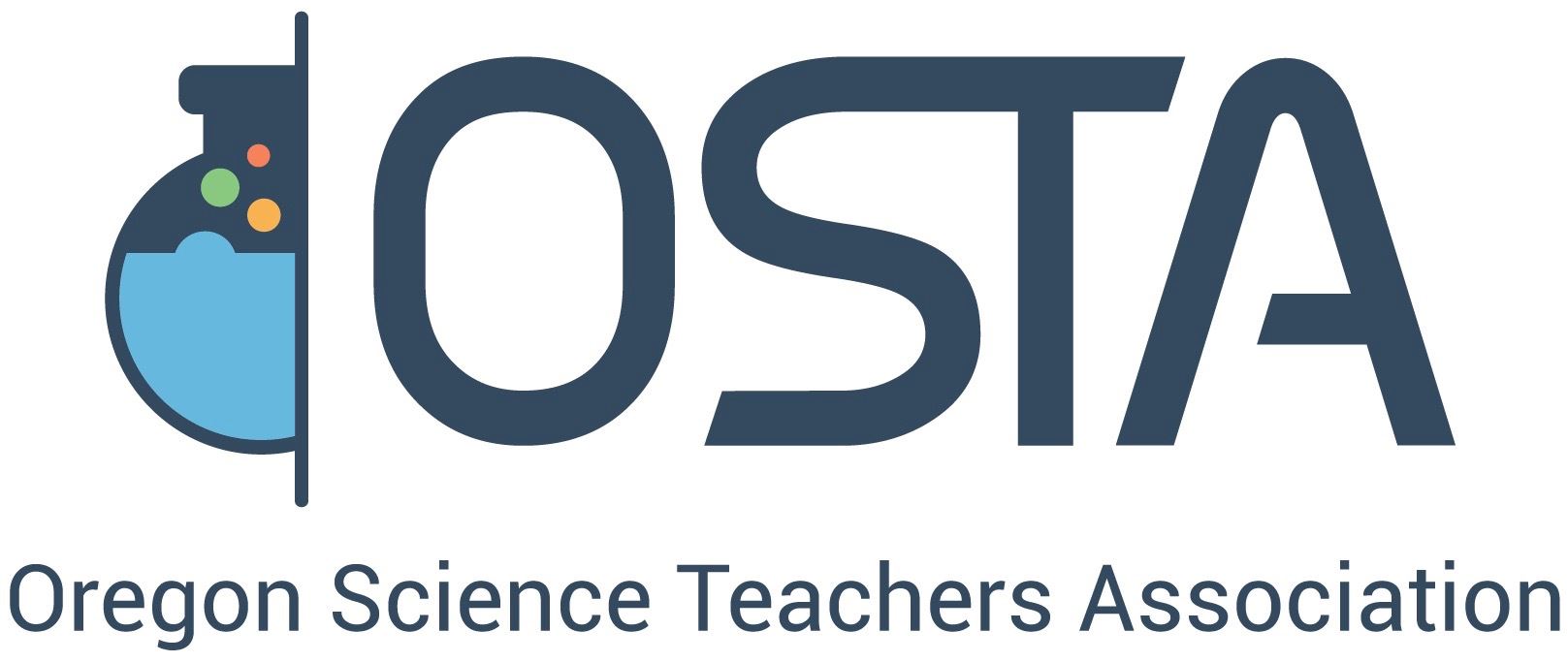NGSS Web-based Resources |
ODE Science PageThe newly designed website is much easier to navigate, and all of the science resources are in one place
The Next Generation Science StandardsNext Generation Science Standards identifies the science all K-12 students should know. These new standards are based on the National Research Council's A Framework for K-12 Science Education. The National Research Council, the National Science Teachers Association, the American Association for the Advancement of Science, and Achieve have partnered to create standards through a collaborative state-led process. The standards are rich in content and practice and arranged in a coherent manner across disciplines and grades to provide all students an internationally benchmarked science education.NGSS@NSTAThe NGSS@NSTA Hub is better than ever with a new look and plenty of new resources and tools tailored for teachers. The Hub is your one-stop source for information, resources, news, professional learning opportunities, and expert advice in understanding and implementing the Next Generation Science Standards (NGSS). NGSS ResourcesThe NGSS Network States and Partners support the creation of resources to help educators and administrators as they plan and develop systems of implementation of the Next Generation Science Standards. Currently available are:
Tools for Ambitious Science TeachingThis web site provides a vision of ambitious science instruction for elementary, middle school and high school classrooms. Ambitious Science Teaching deliberately aims to support students of all backgrounds to deeply understand science ideas, participate in the activities of the discipline, and solve authentic problems. STEM Teaching ToolsThis site has tools that can help you teach science, technology, engineering and math (STEM). Each tool is focused on a specific issue and leverages the best knowledge from research and practice. Under the News section, you can learn a bit more about how you might use them. NGSS Videos from the Teaching ChannelAchieve and the Teaching Channel collaborated to produce videos that present an overview of key innovations in the Next Generation Science Standards (NGSS) and a deeper dive into each of the NGSS' three dimensions. The videos are intended to help educators become familiar with the three dimensions of the NGSS and how they will benefit students. For more information, check out this blog post written by NGSS Writing Team Leader Brett Moulding. Next Generation Science StorylinesA storyline is a coherent sequence of lessons, in which each step is driven by students' questions that arise from their interactions with phenomena. A students's goal should always be to explain a phenomenon or solve a problem. At each step, students make progress on the classroom's questions through science and engineering practices, to figure out a piece of a science idea. Each piece they figure out adds to the developing explanation, model, or designed solution. Each step may also generate questions that lead to the next step in the storyline. Together, what students figure out helps explain the unit's phenomena or solve the problems they have identified. A storyline provides a coherent path toward building disciplinary core idea and crosscutting concepts, piece by piece, anchored in students' own questions. Instructional Leadership for Science PracticesEffective integration of science practices in classrooms requires instructional leadership to support that change. Instructional leaders can include a variety of different individuals including, but not limited to, school principals, district leaders, coaches and lead teachers. Included in this website are tools to help support the effective implementation of the Science Practices. Examples of how these tools can be used are found in the case studies. The Inquiry ProjectThe Inquiry Project is a research and curriculum development effort that engages students in grades 3-5 in science inquiry about the nature of matter. In Inquiry Project classrooms, children work collaboratively with their classmates and teachers, using measurement, mathematical and graphical representations, and discussion to build scientific explanations about objects and materials in the world around them. Phenomena for NGSSLooking for ideas for anchoring phenomena? Wondering what a phenomenon is and how to use phenomena to plan science and engineering units? Answers to these questions and more can be found here, along with examples of phenomena-based units. Quick Reference Documents to ShareMath, Science & ELA Commonalities (Venn Diagram) NGSS: What's Different, and Do They Matter? How Science Education will Change with NGSS 10 Questions for Parents to ask Teachers What Scientists and Engineers do: the Three Spheres of Activity |

